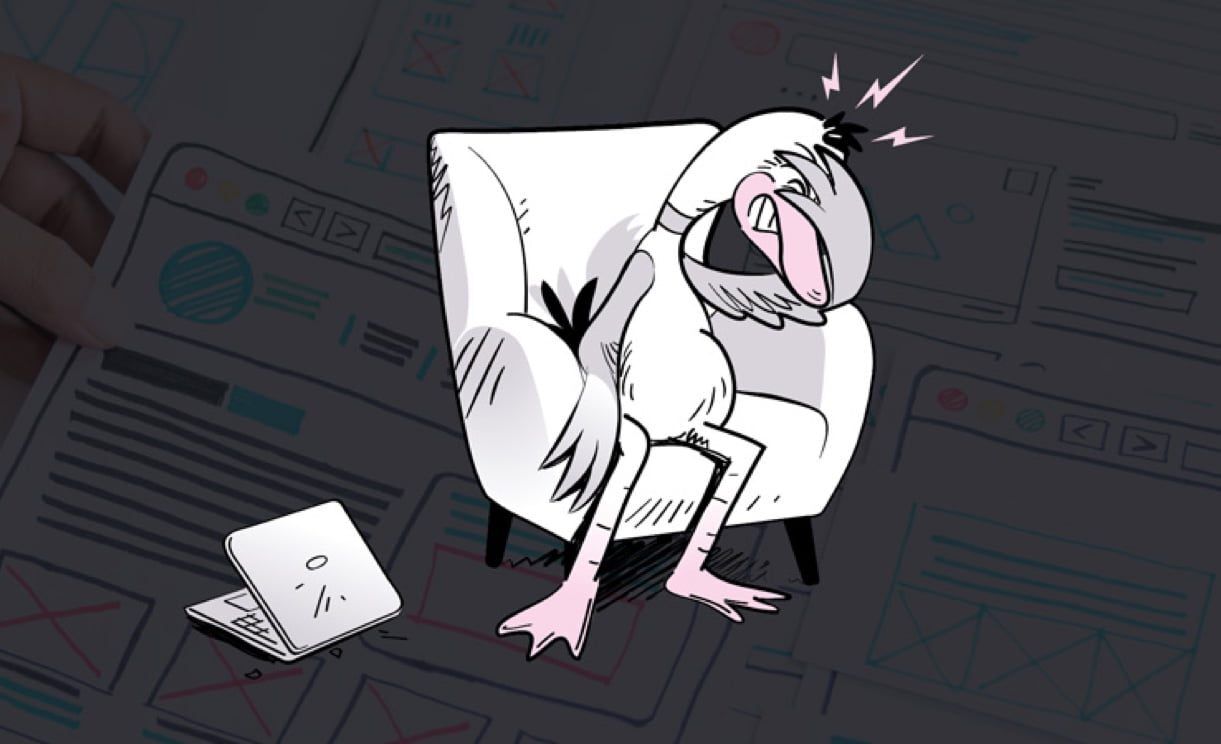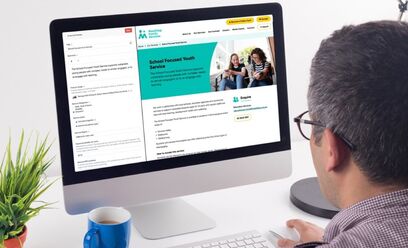Is it time to redevelop your website? Businesses should consider a complete website redevelopment every 2 to 5 years due to a perfect storm of fast-changing business needs, customer needs and technological trends.
Changes in senior leadership, such as a new CEO or Head of Marketing, can bring about a wave of fresh ideas and new perspectives, leading to a comprehensive review of the organisation’s strategic and marketing plan. Often a new marketing initiative goes hand in hand with a new website and digital development roadmap.
Besides a mood for change, there are many other reasons why it’s time to redevelop your website:
- Your site design is looking dated and does not represent where your company or organisation needs to be positioned in your industry.
- Your company or organisation has changed rapidly in the last few years, and your website no longer accurately communicates who you are, your value proposition or your full scope of services.
- Your website isn’t doing enough to convert traffic into enquiries, sales, bookings or donations. In other words, you are finding it difficult to justify the business value of your website.
- The user experience is poor and you are getting feedback from users that they cannot easily find the information they’re looking for. This is potentially leading to a high number of customer support calls because customers need more help than anticipated to find the right information.
- Due to a substandard website build previously completed, you are experiencing an increasing number of bugs and issues which cause frustrations and are wasting precious time and money to fix.
- Your website’s Content Management System is at best clunky and inefficient. It does not give you the control and flexibility needed to keep your content dynamic and up-to-date.
- You website is not well-integrated with other systems, such as your online shop or CRM platform. This results in you and your team spending too much time performing manual data transfer and reporting.
As a UX agency that has helped over 100 organisations transform their websites, dramatically increase user engagement and reduce website management time, we have extensive experience in helping businesses overcome the traps they can fall into when going through a website redevelopment process.
Here are the 7 most deadly mistakes:
No research
Some companies avoid doing any user research before or during website development due to the belief that it will simply take too long or cost too much. However, nothing slows down projects like arguing over personal opinions. It is also far more costly to build a website solution that is actually solving the wrong problem. Research doesn’t have to take a long time. When done properly, user research can be “lean”, taking no more than two to three additional weeks and delivering big returns in the form of identifying the correct issues and giving you the tools for better decision-making.
Tip: A little bit of user research goes a long way, so allocate at least 20% of your overall website budget to it.
Thinking you know the problems already
It is easy for marketing teams to assume they know the problems already, without seeking any input from those customers who use the website everyday. Some businesses fall into the habit of always comparing their own websites against their competitors’, and attributing their lack of conversion to a particular page, feature or button that the competitor’s website has. It might be fast to copy a competitor’s website and reskin it for your company but this is simply a road to mediocrity. Your competitor’s audience is likely to be very different from yours, so it’s prudent to take the extra step of involving your customers in your website redevelopment process.
Tip: Stop obsessing about your competitors and start co-creating with your stakeholders and customers by having them participate in workshops.
Letting the CEO or the designer make the call
Egos can get in the way of good design and great solutions. While it is absolutely critical to have your CEO’s input and the designer’s perspective in the website redesign and redevelopment process, neither of them should be assumed to truly know what the customer wants. Besides, a user-centred design process which is backed by data evidence and well-documented research will have the power to sway the most discerning minds.
Tip: To build the website solution that your users want, internal assumptions must be validated through usability testing.
Not involving key stakeholders early
Some marketing teams are known to shut out key stakeholders, such as senior leadership or the board, altogether from the design process for as long as possible until it’s time for sign-off. This can happen out of fear that certain strong personalities will derail the project with their fussy demands and desire to interfere with the process. However, this is simply delaying the inevitable. The longer you keep important information away from leaders, the bigger the surprise and the gap to bridge when it is time to get their approval.
Tip: By gathering their input early in the project, keeping them up-to-date with transparent communications, as well as backing your decisions with data analytics and customer feedback, you will be much more likely to deliver a successful website that is embraced by all.
Waiting until design is done before creating any content
One of the biggest contributors to project delays and blowouts is content creation. Some teams rely on designers to finish designs using “lorem ipsum” dummy text before deciding what content to write. Often this leads to designs having to go through significant revisions because the content written later could no longer fit within the layout. Making content creation a high priority at the beginning doesn’t mean having to write every single word before design starts.
Tip: A more practical approach is completing 80% of the content architecture, as well as headings and subheadings during wireframing. This way, the site design is still on the mark while having flexibility to accommodate any late changes in content or site map.
Choosing the wrong Content Management System (CMS)
Some companies are so focused on the design of their website front-end that they neglect to look critically into the CMS that manages their website content. Just because WordPress powers the majority of websites around the world doesn’t mean it should power yours. Every CMS has its own strengths and weaknesses, and it’s important to identify which system is most suited to your requirements. The downside of choosing the wrong CMS is being stuck with a platform that might be difficult or expensive to adapt and grow with your business. As a result, choosing between open-source and enterprise systems, or between a CMS that champions ease of use and one that favours ease of integrations, should be made based on careful cost-benefit considerations.
Tip: Ask for a demo or trial account before you commit.
Lack of detail in your agreed scope
Last but not least, one of the worst culprits for website development projects to blow out and relationships to sour, is unexpected scope creep. It is not unusual for scope to increase during the project due to uncovering new insights or ideas. However, the kind of scope creep that happens when a particular website functionality turns out to take a lot more time or even worse, cost three times more than originally anticipated, is entirely preventable if both parties take steps early to define concisely how every website feature is expected to behave.
Tip: Avoid broad descriptions of functionality such as “CRM integration” or “booking form” without clearly defined specifications, sketches or visual references to explain how the integration or ordering process should work.
Have you had any personal experiences with the above mistakes? We’re here to make sure they never ever happen again with a website redevelopment project. If you need help with your website brief, or if you would like to start a conversation about how to create a 3-year roadmap for your digital platforms, reach out to us here for an initial consultation.









